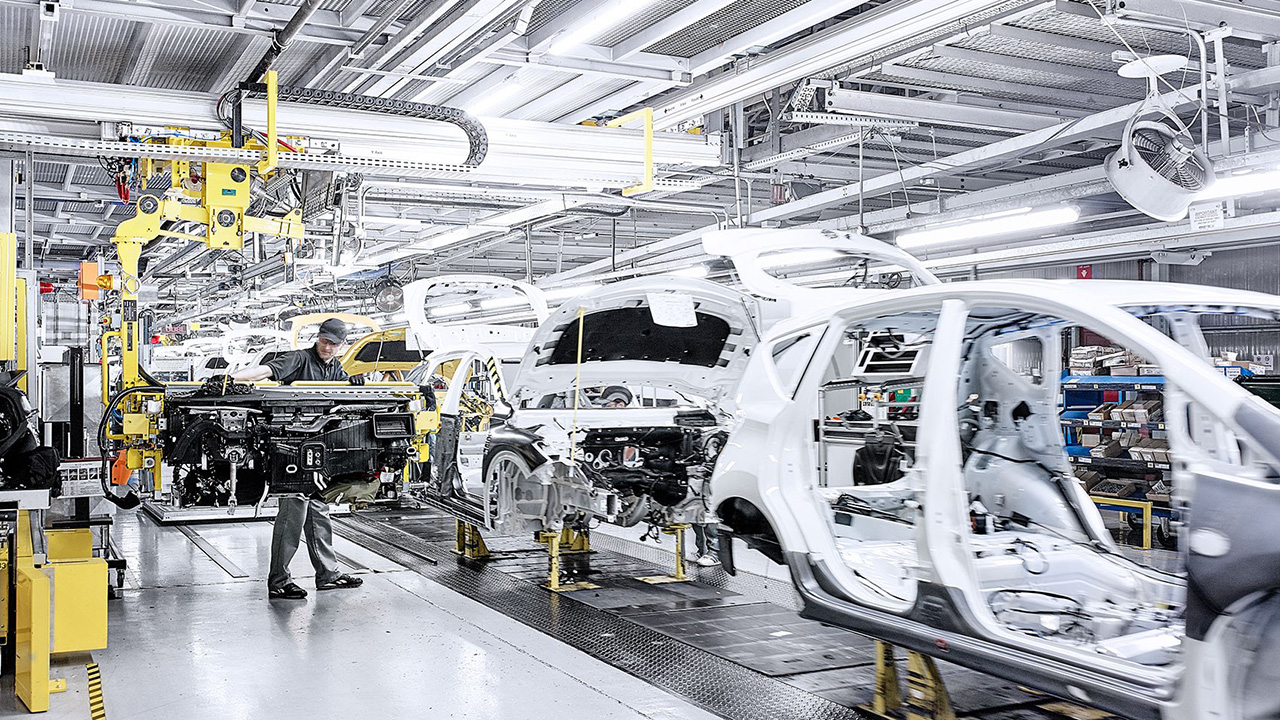This strategic shift aims to reduce parts expenses by 10%, cut down vehicle weight by 20%, and save around $1 billion in development costs for up to five upcoming models. Expected to be implemented by 2027, this move follows the footsteps of other automakers such as Tesla, Toyota, Hyundai, and Ford.
Gigacasting is an advanced production process that fabricates large vehicle structure parts in one seamless operation using colossal casting machines. This method significantly lowers the number of components and simplifies assembly processes. By integrating gigacasting into their manufacturing lines, Nissan expects an overall cost reduction of approximately 30% for their future EVs.
Specifically, Nissan intends to deploy this technology in creating the rear underbody of new electric models. Instead of assembling up to 100 different parts traditionally required for this section, gigacasting will enable forming these as single pieces using massive 6,000-ton presses.
Comparison with other leading automakers reveals varied adoption strategies concerning gigacasting’s implementation scale and machinery dimensions. For instance, Tesla employs more powerful 9,000-ton casting machines from IDRA for similar production purposes, whereas Toyota operates comparatively smaller 4,000-ton presses.
Despite its numerous advantages, transitioning to gigacasting presents certain technical and economic hurdles. Substantial initial investments are required for the large scale casting machinery essential for this production method. Additionally, combining aluminum structures produced through gigacasting with traditional steel components necessitates innovative joining techniques such as self-piercing rivets and new drill screw technologies.
Source: Automotive News

